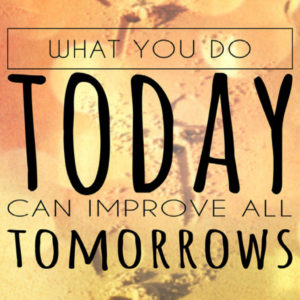Healthy Vision — Beyond Eyesight
By Robin Bush
ISR Communications
July is Healthy Vision Month, but our eyes are just part of that story.
We use our eyes to understand where we are in the world, perceive danger or safety, or look into the eyes of someone to sense their emotions. Research shows that eating lots of leafy greens, fruit, and fish can help nourish your eyes. So do getting regular exercise, managing stress, not smoking, wearing sunglasses, and when using electronic devices, look at something 20 feet away for 20 seconds every 20 minutes. Protecting our vision is essential, and any observed change suggests a trip to the doctor is needed.
Sight helps us interact with the world around us, but as we age, our eyesight may diminish; if it does, we can seek new ways to help us perceive the world. We can connect to things we need to see through assistive technologies or the help of those around us.
We also strengthen and sharpen our other senses as our sight lessens. We may not see the rain, but we hear it on the roof. We may not see the food before us, but the aroma and the flavors paint a vivid picture in our mind. We may not see light and shadow, but we feel sunshine on our face.
At the same time, as we sensorily compensate, there is a deeper level on which to consider vision. It’s more than what we see with our eyes. Vision, defined more broadly, includes the ability to think about or plan the future with imagination or wisdom.
What kind of “healthy vision” do you need to imagine your future? What wisdom have you learned along the way can you apply today that will affect tomorrow?
At TEDxSpokane 2017, Matt Mitchell said our vision of the future that we imagine today is our GPS for what we can do now that will affect who we will become. When we were younger, we focused more on who we were in the moment, not the distant horizon of who we wanted to be 5 or 10, or 20 years from then. In our later years, it becomes more important to project into the future what we want to have happen in five years or less.
What can you do today to create a “healthy vision” for your tomorrow?
- Imagine the future you desire and believe is possible.
- Try explaining your future vision to someone else in detail. Imagine it is five years later — where do you live, what’s important to you, how do you fill your days, what does living a purposeful life look like?
- Ask yourself who you want to share your future with and how can you create a shared vision that helps everyone involved take better action and make better decisions today?
Preparing for aging is an important part of healthy living. ISR staff is here to help you prepare and plan for your future, face the unexpected, and give you the knowledge and confidence that you are the one choosing your future. That’s healthy vision. Leaving the future to chance is risky, even some might say, irresponsible.
Langston Hughes captured the power of “healthy vision” in his poem, I look at the world:
“I look at my own body
With eyes no longer blind —
And I see that my own hands can make
The world that’s in my mind.”

